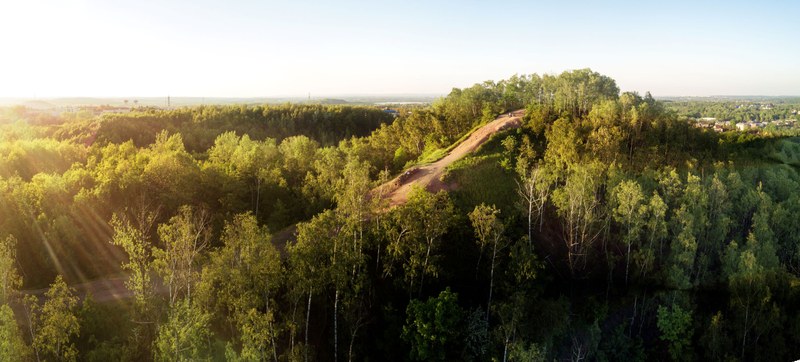
Science Faculty research project explores ways of revitalizing Ostrava’s slag-heaps
Biologists and geomorphologists from the Science Faculty at the University of Ostrava are launching a unique new research project focusing on Ostrava's slag-heaps – the piles of rocks and waste material left behind by coal-mining (also known as spoil-tips). The scientists are keen to show how these sites can be a valuable part of the local landscape, even attracting tourists to the region.

Slag-heaps are an integral part of the often problematic post-industrial landscape in a former mining area such as Ostrava. But experts from the University of Ostrava's Science Faculty are confident that even these sites have plenty to offer visitors.
Petr Kočárek from the Department of Biology and Ecology explained:
"Slag-heaps are home to a range of plant and animal species. These even include rare orchids – species that you perhaps wouldn't expect to find in a post-industrial landscape."
The researchers will collect evidence with which they hope to convince politicians and the general public that slag-heaps are in fact fascinating places with plenty of potential. They also want to emphasize that Ostrava has many more such sites than just the well-known Ema slag-heap in Slezská Ostrava. For example, one of the oldest slag-heaps in the city is near the location of the former Oskar mine in Ostrava-Petřkovice, and it is a genuinely fascinating site.
Jan Lenart from the Department of Physical Geography and Geoecology gave more details:
"The slopes of this cone-shaped heap include blocks of Carboniferous rocks which are similar to the 'rock sea' that we can find around Praděd mountain in the Jeseníky range." Such unusual geological features have the potential to attract tourists to Ostrava and the region. Dr. Lenart added: "This is really our first attempt to educate the general public, because slag-heaps still tend to be perceived in a negative light, and most of them are not accessible to the public. Yet they hold immense potential to become a genuine part of the urban public space – and they can also be very valuable for nature conservation."
One result of this long-term research project will be a map showing the individual layers of the post-mining landscape within the city. A recent report by the Ostrava studio of Czech Television gave more details.
